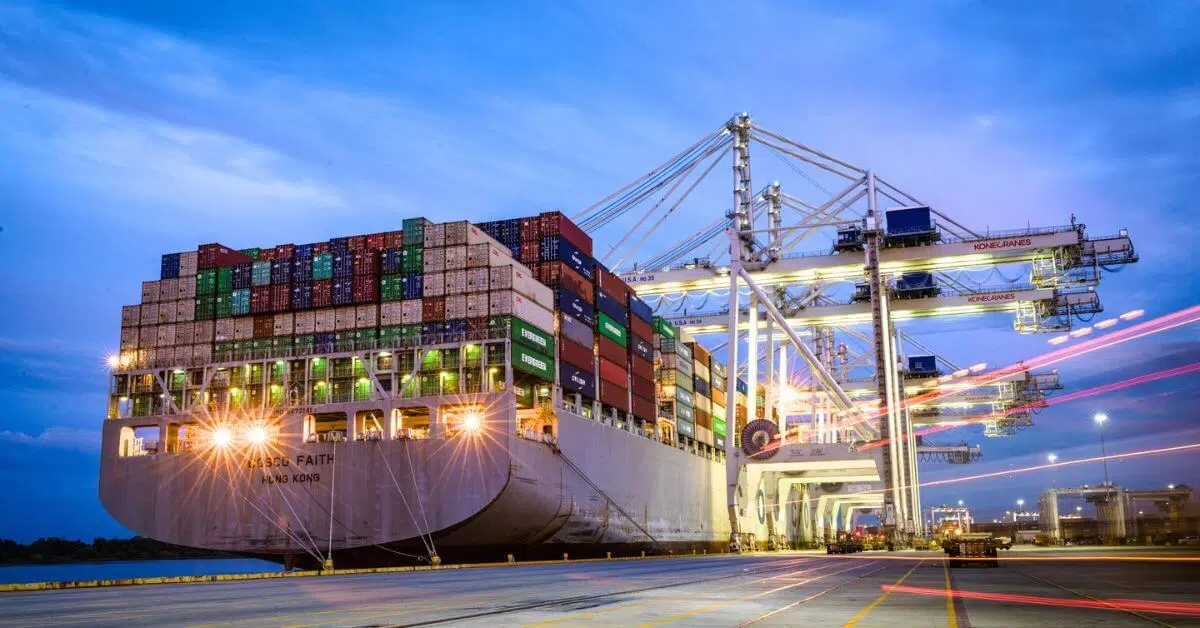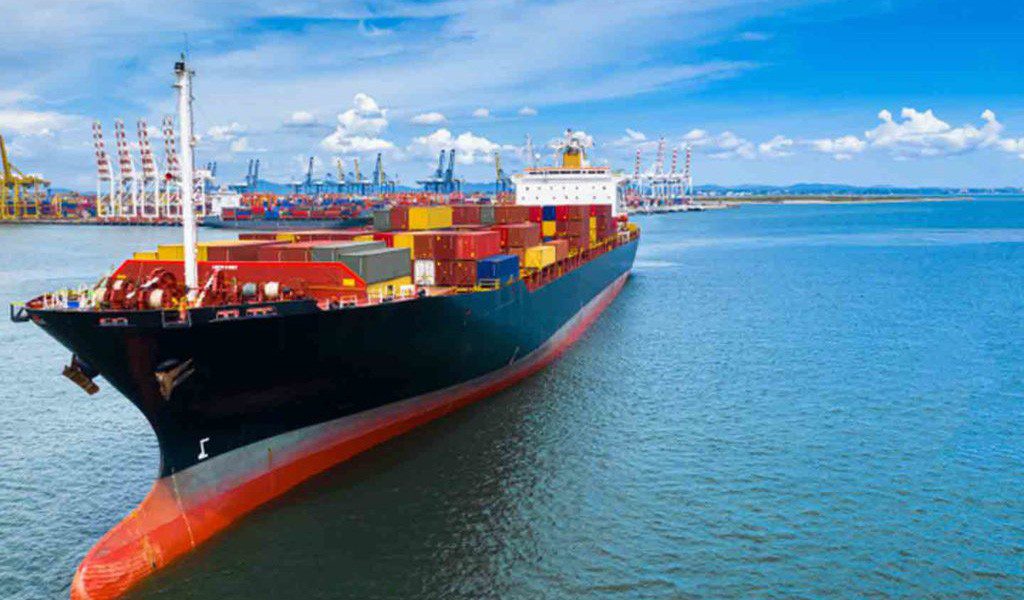In the modern business environment, the continuous pursuit of competitive advantage is a primary goal for every enterprise. The resource-based view and capabilities theory provides a robust theoretical framework for understanding how a firm’s internal factors can form the basis for sustainable and maintainable competitiveness.
According to the resource-based view and capabilities theory, every enterprise possesses a set of resources and capabilities that can contribute to its long-term competitiveness. The assets or factors of production it owns, controls, or has steady access to constitute its resources. Similarly, capabilities are the skills it has at its disposal to perform a coordinated set of activities, utilizing its resources to achieve specific outcomes.
For resources to form the basis of the firm’s sustainable competitive advantage, they must be of high value, rare, and difficult for competitors to replicate. There are three types of resources:
In recent years, the importance of intangible and human resources has also been highlighted, as the successful utilization of tangible resources depends on them. These resources contribute to the development of capabilities within the enterprise.
*The information for the above article was sourced from the book “Organization and Management of Shipping Companies” by Prof. Ioannis Theotokas (Alexandria Publications, 3rd edition, September 2019), pp. 336.
Get the book by clicking here




